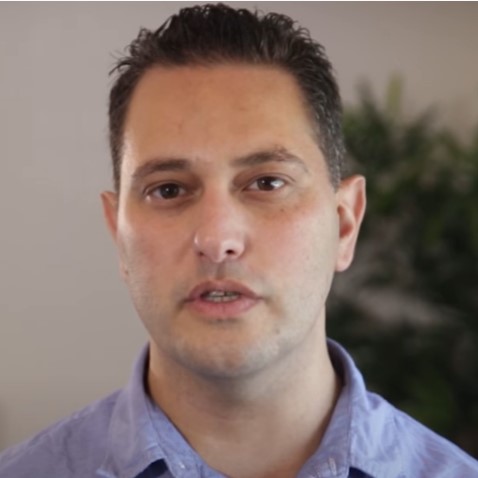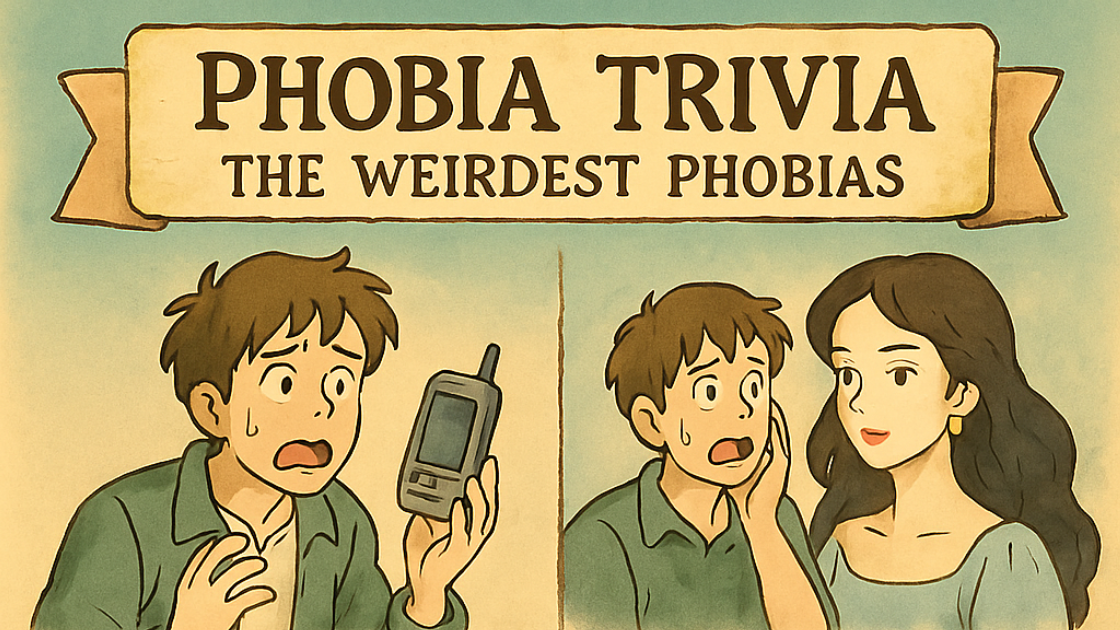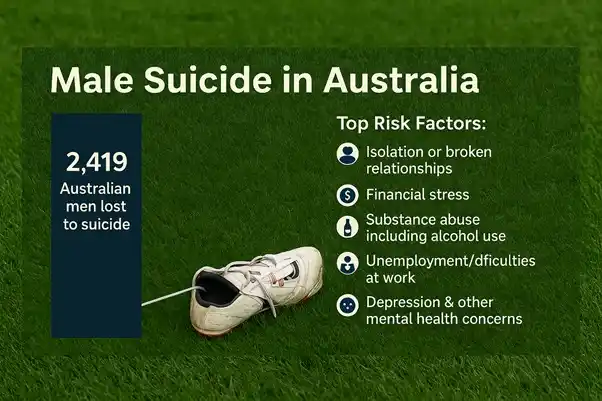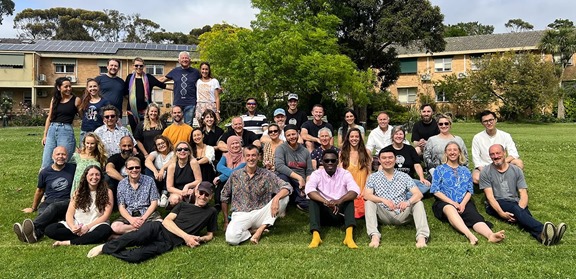Counselling Case Study, Critique Of Counsellor Processes
The following article is intended as an educational resource for new counselling students and educators of various persuasions. You may link to this article as a resource and share on social media, but in terms of reproducing anything herein please See our Copyright Policy.
“There are a broad range of counselling micro skills that can be utilized effectively in therapy sessions. Within the context of their personal history, effective micro skill applications can encourage clients to tell their stories in colourful and extensive detail. Such effective implementation of micro skills facilitates the development of rapport and a positive therapeutic alliance thereby permitting clients to enrich their perspectives regarding problem and opportunity situations in their lives (Egan, 2007). Three important counseling techniques will be explored, all of which have been clinically demonstrated to be efficacious in a broad range of counseling settings (Egan). The skills of active listening, empathy and sharing empathic highlights will be discussed and analysed within the framework of a counselling case study. Accordingly, the purpose of this paper is to examine the use, efficacy and deficiencies of how these skills were employed within a counselling session with a mother, let’s call her Mary.
Mary presented to counselling with a five year history of frustrated attempts to get her daughter to sleep consistently in her own bed. On one hand, she had gone to extraordinary efforts to influence and sustain effective sleep patterns in her daughter. On the other, a feeling of being out of control permeated drained resourcefulness. Mary felt she was too compliant with her daughter’s unwilling behaviour and sought help from a counsellor.
The surface structure of Mary’s communication lingered around a circular logic of focusing on “how can I get her to sleep?”, using predominantly external resources. Her preference for externalization posed an initial challenge for the therapist as he was primarily operating from an internal locus of control. This was evident during his repeated suggestions to Mary to look within herself for solutions, and to value her internal self-sense and capabilities prior to relying on “externally determined reinforcement schedules” (Dr Berenson). This discrepancy of styles presented both a challenge and opportunity for the therapist to apply his counselling skills in a tactful yet flexible manner, while taking into account Mary’s cognitive preference and coping strategies (Egan, 2007).
The session commenced with proficient use of active listening skills. Active listening is a process by which the counsellor communicates verbally and non-verbally (Robertson, 2005) in a manner that allows the client to feel heard and understood and have their stories and emotions validated. It is proposed by many that the act of listening is the fundamental pillar of effective counselling (Graybar & Leonard, 2005). Active listening enhances and accelerates rapport building and is associated with increased client satisfaction with therapy (Duncan, Miller & Sharps, 2004). Littaeur, Sexton & Wynn (2005) found that clients reported higher levels of trust and satisfaction with counsellors who utilized effective active listening skills. It may also serve to differentiate the counseling relationship from other interpersonal relationships the client has. This distinction assists in creating counselling expectations of the client, which are important in client outcomes (Duncan et al). Active listening can also facilitate problem resolution and assist the client to experience further self-integration and understanding (Kensit, 2000).
Counsellor: “Mmm” Client: “Um. She did. She’d go off one night here, one night there, but most of it, most of the time she would sleep in her bed and carry right through. (Pause) She did well up until about two weeks ago and then completely turned around, and would not go..
This example indicates active listening through an objective acknowledgment, rather than a subjective comment by the counsellor and a pause, therein encouraging the client freedom to continue telling her story and possibly fostering increased rapport, as evidenced by the clients affirmative response.
However improper use of counselling skills can hinder the therapeutic alliance (Duncan et al., 2004) and may even be counterproductive for the client (Egan, 2007). An example of active listening being misused through interrupting:
Client: “Ok. So that’s what she’s sensing, is that…” Counsellor: (Interrupting) You have to learn to trust your heart as well as your head and when and, and, you’re going to feel more comfortable. You trust the intensity of the relationship. You trust the intensity of your experience.” Client: “Mmhum.”
Here the client responded incongruently, with a verbal affirmation but a contrasting tonality of uncertainty, suggesting a possible break of rapport due to the counsellor’s interruption. It should also be noted that since Mary presented with a loss of control over a situation, interruptions by the therapist may have reinforced her self-defeatist attitude that she needed to be compliant with external sources. In these instances, the cure can be worse than the disease (Egan, 2007), and accordingly such improper use of helping skills can hinder client progress and weaken the alliance (Duncan et al., 2004).
Additionally, the therapist provided advice to Mary, which may have invalidated her experience, as suggested by her tone of voice. It is widely recommended that the therapist continuously maintains congruency to enhance the value of active listening in the therapeutic alliance (Duncan et al., 2004). Congruent and consistent active listening, as opposed to interrupting, augments the therapeutic relationship and facilitates the development of empathy (Dryden & Mytton, 1999).
Another important counseling micro skill is empathy. Empathy, unlike sympathy, is the proximity of the counsellor to deeply enter and understand the micro and macro nuances of the client’s worldview, including their emotional state (Dryden & Mytton, 1999). In this way, the therapist is able to appreciate experiences and feelings from the perspective of their client (Graybar & Leonard, 2005), and communicate this accordingly. Additionally, according to Rogers (1980; cited in Robertson, 2005), when counselors suspend their prejudices and personal values, it makes room for empathy to more readily unfold. Furthermore, Patterson (1984; cited in Feller & Cottone, 2003, pp58) stated:
The magnitude of the evidence is nothing short of amazing. There are few things in the field of psychology which the evidence is so strong. The evidence for the necessity, if not the sufficiency, of the therapist conditions of accurate empathy, respect, or warmth, and genuineness is incontrovertible.
This point suggests that empathy may in fact be imperative, if not even the most significant factor in fostering helpful counselling relationships as it facilitates positive client outcomes and helps them to feel understood.
In the following example, the counsellor successfully demonstrates empathy, as indicated by the accurate, congruent match of the clients verbal and tonal affirmative response:
Counsellor: “You’re um, you’re really testing um, your own patience with the three days, four days, two weeks, then back.” Client: “Yes, Yes. I guess I am, but what, what can you do to, um, to make it be effective, and work, for a long period of time, and not, I mean, when this is ok, is going well you feel ‘ah’, I’ve reached the point and it’s ok, everything is wonderful, but…” Counsellor: “It’s a relief.” Client: “Yes, it certainly is. Um, but what about when maybe a month goes by and she decides that um, it’s time to test mother again, or what happens then?”
This example not only demonstrates the use of empathy, but indicates how its application assisted the client to continue telling her story in detail.
Notwithstanding, according to Rogers (1980; cited in Robertson, 2005) where the empathy of the counsellor is inaccurate, so long as unconditional positive regard is demonstrated, most clients will appreciate the therapist’s attempts to understand them. It is imperative that the counsellor correct their mistakes and subsequently re-establish empathy with their client to sustain a positive alliance. The following example shows how attempted empathy can go wrong:
Counsellor: “You’re looking for a strategy, but you’re looking outside of yourself and when you do that, you’re not listening to yourself and you have very strong feelings, ah, ah, very intense feelings, about a lot of things including your daughter.” Client: “Ah hum, um?” Counsellor: “You know what I want to say to you.” Client: “Yeah.”
Here the client responds with incongruity in her words and a questioning tonality. Therein the connection breaks. Additionally she does not continue telling her story at the length or depth as she had in the previous example of successful utilization of empathy. As Rogers (1980; cited in Robertson, 2005) suggests, it is preferable that the therapist consistently demonstrate unconditional positive regard for the client, rather than give advice. Had this been the done, Mary may have continued her story in detail and felt heard and understood. It is suggested that the counsellor ensures mindfulness of such responses from clients so as to adjust further communication accordingly, thereby making an effort to reestablish rapport and empathy. Heeding this could possibly allow not only the establishment of empathy in the relationship, but also a context for additional effective micro skills, such as sharing empathic highlights.
Another important counselling skill is sharing empathic highlights. This technique involves the counsellor highlighting verbally, non-verbally or tonally, the important key messages of the clients mood and story. This includes the counsellor demonstrating and conveying specific messages of empathic understanding to the client, as opposed to just summarizing what the client says verbally. When empathic highlights are used in conjunction with empathy and active listening, rapport is established between the counsellor and client, which in turn enhances the effectiveness of these and other appropriately applied counselling skills. Highlights are more productive when they are empathic, because through the reflective process the counsellor demonstrates real empathy and understanding that the client can sense and appreciate (Egan, 2007).
In a study of client perceptions of the counselling relationship, over half believed that a good counselling relationship was determined by respect, empathic understanding and attentive listening. Another 40 percent considered their counsellors clarification of their experience not only significant for the relationship, but also helpful for gaining enhanced self-understanding (Bachelor, 1995; cited in Duncan et al., 2004). Furthermore, Littauer et al (2005) found that clients who had counsellors that shared their key understandings, or empathic highlights, regarded the counselling process as helpful. A common response was “I must feel that people understand me before I can trust them.” (Littaur, et al, 2005, p29). Therefore these research findings suggest skills, such as active listening, are necessary but may not be effective until the client feels understood. Thus accurate use of empathic highlights may help to demonstrate understanding to clients, thereby building trust, alliance and improved outcomes.
Counsellor: “You’re really torn between reaching out to her..” Client: “Hmhmm” Counsellor: “And doing what your intellect tells you is best for her.” Client: “Right”
Wynn As suggested by the processing of the clients initial response in this example, she was given sufficient time to contemplate the therapists reflection. Her next affirmative response indicates that the counsellor had successfully reflected, and Mary had felt understood. This is in contrast to the following example where improper reflection was used:
Counsellor: “Because you’re not free.” Client: “Arhh?”
Here the counsellor selected a reflection which was inaccurate and inconsistent with the clients semantic and tonal descriptions of her presenting problem. In the above example the clients response indicated that she may have felt confused rather than understood. If the counsellor was mindful of such responses, his style of reflection could have been adjusted to build and maintain a relationship with the client. It is suggested that the counsellor identify and correct his mistake of inaccurate reflection so as to utilize a skill that more accurately fits with the clients emotional worldview.
In conclusion, the successful use of active listening, empathy and sharing highlights can facilitate the creation of a safe, supportive and constructive counselling relationship. These skills were explored in the context of a counselling session and the relevant research and literature was discussed. There is evidence suggesting that using a multitude of micro skills together creates more fulfilling counseling interactions and permits the counsellor to make mistakes without severely compromising the therapeutic relationship. It is, however, critically important for counsellors to self-reflect and identify their own errors in order to develop more polished, useful and congruent counselling skills for the benefit of their clients.”
Thanks for reading. If you have feedback feel free to leave us a comment. Also you can read our FAQ for more about our counselling services. We also provide links to other counselling resources.
Here are a couple of blogs written on this topic you might find useful:
What Are Australians Most Afraid Of? N...
From snakes and spiders to needles and ghosts, fear takes many forms. But what do Australians fear most in 2025? At Bayside Psychotherapy, our expert.
Is It Time For The AFL To Cast A Menta...
At Bayside Psychotherapy we are passionate about mental health and like many fellow Melbournians, many on our team are avid AFL fans. So when two of our.
Exploring Emerging Therapies: Understa...
At Mind Medicine Australia, we are dedicated to transforming the trea.
The Balance of Power in Romantic Relat...
Why do some relationships thrive while others feel like a constant tug-of-war? Power dynamics lie at the heart of this balance.











